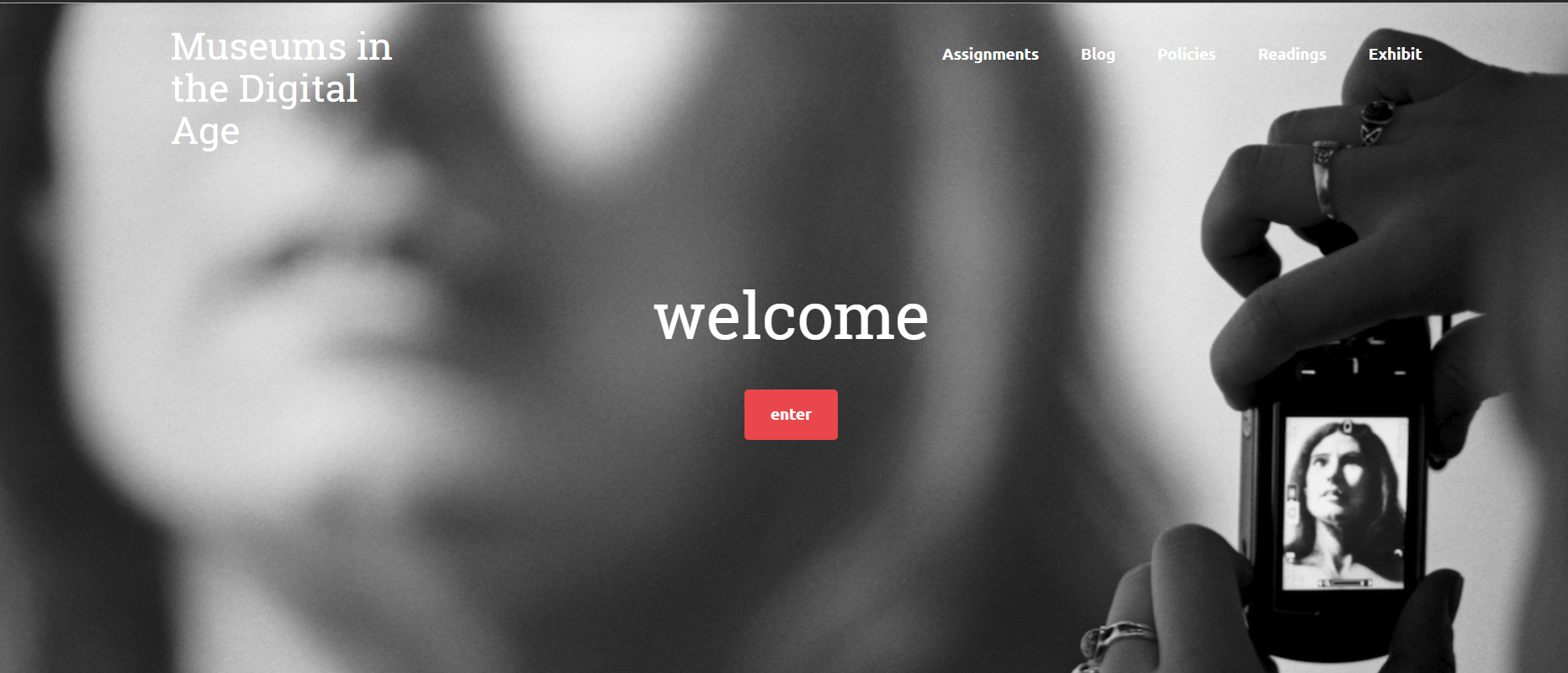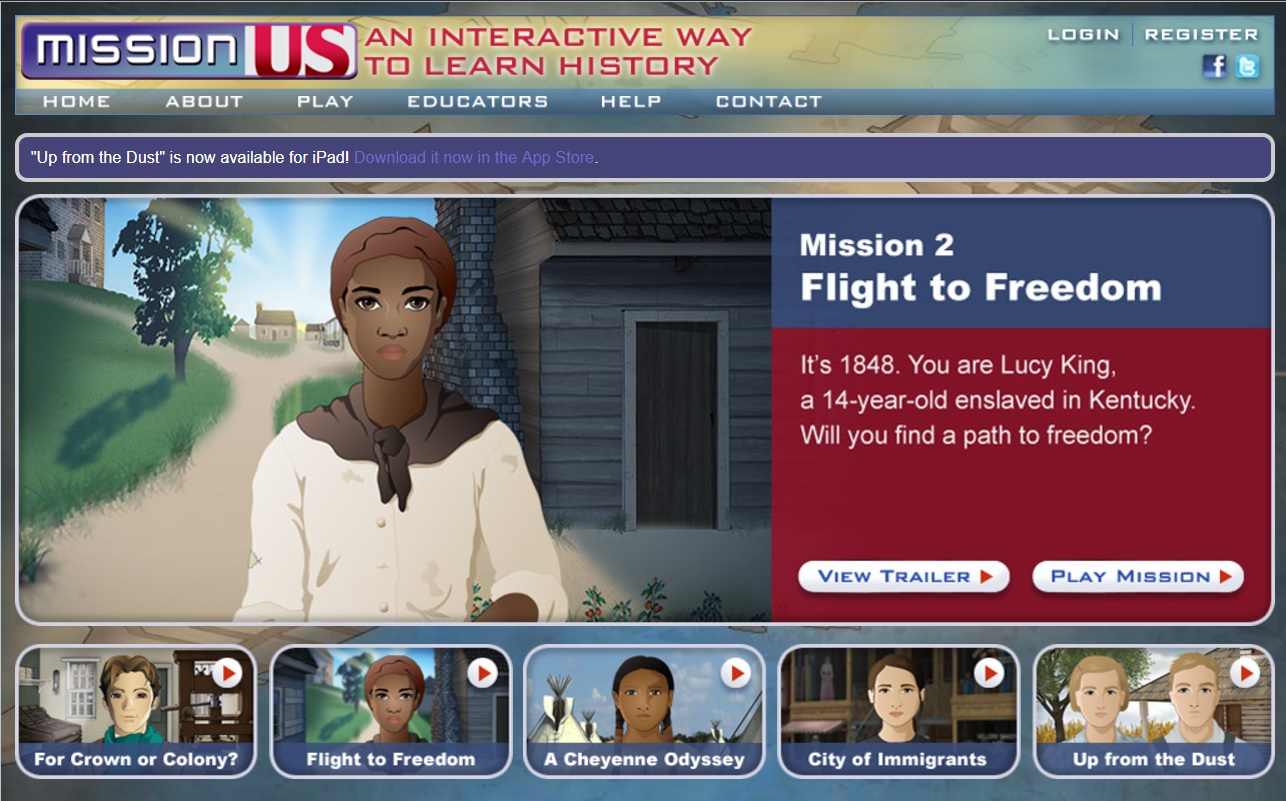
DH 250: Final Reflection Responses
Prompt 1: Please discuss the relationship between “exhibit design” and “artifact.” Remember, I’m not looking for dictionary definitions but the meanings and inflections we discussed together in class. Please cite relevant authors as appropriate. Your response should be between 300-400 words.
In class, we suggested that an artifact functions as both a “voice” and a “physical trace of a historical moment.” Artifacts serve as primary sources and an assortment of artifacts may become a collection. Artifacts may take a variety of manifestations – a material item or perhaps, in the case of the Slavery in New York exhibit, they might take the imagined shape of archival silences. In this case, we see that artifacts have a potentially expansive definition. Similarly, the definition of what constitutes an “artifact” may also be hotly contested – consider issues surrounding “digital repatriation” and the discussions between institutions and tribal community members. The work of Kathleen Fine-Dare in Grave Injustice challenges us to think about the tangled social web of “artifacts” as tied to projects of empire and how these projects are intimately woven into the very definition of artifact (i.e. human remains as “artifacts” as opposed to “ancestors”).
That said, it is difficult for an exhibit to exist without something to display or some form of artifact. Exhibit design is what animates these items – giving story and cohesion to an assortment of artifacts. In “What, if anything, is a Museum?,” Eugene Dillenberg suggests an exhibit is a “physical environment designed for the experience of embedded knowledge” (emphasis added). In other words, exhibits are a heavily curated, intentionally selected group of items, often with a specific thread of logic or story telling that undergirds their selection. In the Manual of Museum Exhibitions, Barry Lord and Maria Paciente suggests that an exhibit both communicates a story and considers how an audience may best “understand and engage with [the] content.” They add that this “powerful means of communication…allows visitors to be transported…and transforms a selection of [artifacts] into an experience.” In this case, we see that both a cogent storyline is important, as well as a thoughtful arrangement that will allow the visitor opportunities to engage with the objects while understanding the embeddedness of each artifact. Here, we see how important communication and education is to the development of thoughtful exhibit design. It must not only “make sense” to the curation and design team, but this must be knowledge must be packaged in transmittable ways and communicated through the medium of the exhibit.
Prompt 2: Please discuss the relationship between “racism” and “exhibitionary complex.” Remember, I’m not looking for dictionary definitions but the meanings and inflections we discussed together in class. Please cite relevant authors as appropriate. Your response should be between 300-400 words.
“[It] hit me that I sometimes hate going into museums. Because I question where everything came from. Take a Ming-era vase: Was it bought or was it smuggled out? Who was it taken from? Why is it that things are donated by rich, white people and their collections? I want to know the history of those things.” – Helena Wong, Social justice activist, community organizer, queer Asian New Yorker
Wong’s comment identifies how both storytelling and omission function within curation and exhibit design. This storytelling is not simply giving cohesion to a set of artifacts, then, but is informed by larger socio-political projects. If history is the story we tell ourselves, about ourselves, and this storytelling occurs in the context of a white supremacist, capitalist, hetero-patriarchy, the omission of certain stories or the display of constituent stories and peoples as foreign and “Other” is connected to a legacy of colonialism and violence towards people of color in the United States. Silencing is just as important as what is overtly stated and celebrated. Institutions, such as the museum, may function as ideological apparatuses of the state. Tony Bennet draws out what he terms “the exhibitionary complex” through the work of Foucault in Discipline and Punish to describe how the state transmits its ideological interests through the intuition of the museum via surveillance, notions of authority, and through a display of items which is intimately informed by power. He argues that institutions, “through the provision of object lessons in power – the power to command and arrange things and bodies for public display – they sought to allow the people, and en masse rather than individually, to know rather than be known, to become the subjects rather than the objects of knowledge.” Exhibitions, then, are inextricably linked to a display of power.
Racism, as a concept and practice, is one concerned entirely with access to power and agency (the ability to make decisions and have these decisions be meaningfully materialized). One area where you see the exhibitionary complex working in tandem with racism is the treatment of Native peoples in museums in the United States. The dispossession and the eradication of Native peoples was and remains necessary to the establishment the United States. In Grave Injustice, Kathleen Fine-Dare explores the history behind the exhibition of Native peoples and Native bodies, as well as the development and impact of The Native American Graves Protection and Repatriation Act. She suggests that the routine desecration of Native bodies and their subsequent display as crucial to the project of “imperialism and nation-state building.” Indian crania study, for example, was informed by scientific racism and then made a spectacle of the “discovery” of the deficiencies of Natives peoples. Here, Manifest Destiny, Racism, and the Army Medical Museum collided.
